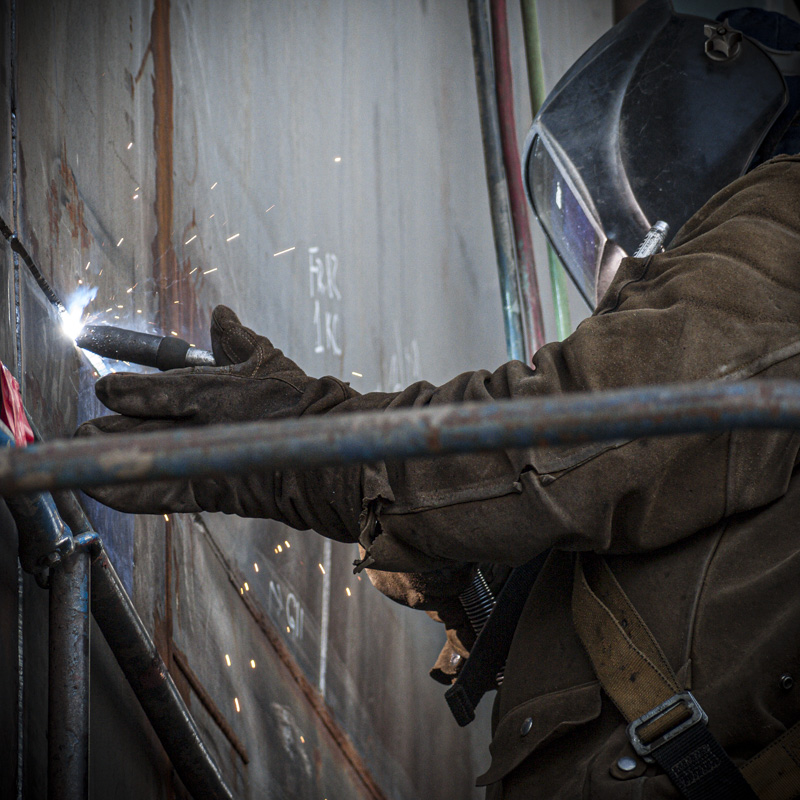Every Picture Is a Compromise
Lessons from the Also-rans
Most photography websites show the photographer's very best work. Wonderful. But that's not the full story of a creative life. If we want to learn, we'd better pay attention to the images that aren't "greatest hits" and see what lessons they have to offer. Every picture is a compromise — the sum of its parts, optical, technical, visual, emotional, and even cosmic – well, maybe not cosmic, but sometimes spiritual. Success on all fronts is rare. It's ok to learn from those that are not our best.
This is a series about my also-rans, some of which I've been able to improve at bit (i.e., "best effort"), none of which I would consider my best. With each there are lessons worth sharing, so I will.
Original digital captureWhat I saw that I liked:People at work, particularly close work like this, are subjects that draw me in. This will never be a "greatest hits" type of image, but it could be important in a story essay. What I don't like in the picture:In order for the picture to work, however, we have to be able to see what the person is working on. In the original digital capture above, his arm shields our view and we cannot see what he is doing. What I learned:A moment later, he moved and I had a clear view to the spot he was welding. Now it's an interesting image. I also zoomed in a little to enhance that feeling of being right in there. The original digital capture was at 103mm (on my m4/3 camera). The one to the left was at 162mm. It didn't take much, but it sure does make an improvement. I would have prefered that the out-of-focus bar wasn't there, but it's a reasonable trade-off for the longer focal length and the closer view. Can't have everything. 2nd Chances: What I might try nextGiven the opportunity to try this again, I'd want to use a slower shutter to create long trails for the sparks. This was shot at 1/250th of a second. Even something in the 1/60th range would have made the sparks 4x longer. |


